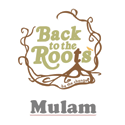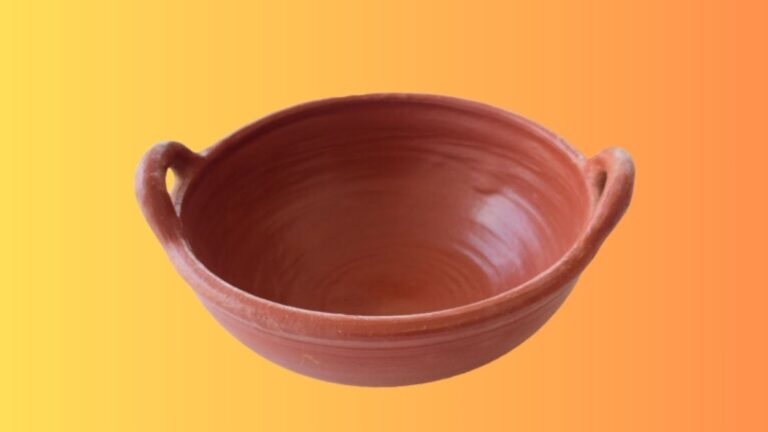Earthen Kadai
An “earthen kadai” refers to a traditional Indian cooking vessel or wok made from clay or earthenware. It is commonly used in Indian and South Asian cuisine for various cooking tasks, such as stir-frying, deep-frying, sautéing, and simmering. Here are some key characteristics and information about earthen kadais:
- Material: Earthen kadais are typically made from porous clay or earthenware, often without a glaze. This natural material allows the pot to absorb moisture during cooking, which helps in maintaining the flavors and textures of the food.
- Shape and Design: Kadais have a distinctive shape with a wide, round base and slightly flared sides. This shape promotes even cooking and allows for easy tossing and stirring of ingredients.
- Cooking Properties: The porous nature of earthen kadais allows them to distribute heat evenly. This makes them ideal for stir-frying and sautéing as well as slow-cooking and simmering dishes. The even heat distribution helps in achieving a balance of flavors in Indian cuisine.
- Flavor Enhancement: Many people believe that cooking in an earthen kadai enhances the flavor of the food. The clay imparts a unique earthy aroma and taste, particularly appreciated in the preparation of Indian curries and gravies.
- Health Benefits: Cooking in earthen kadais is considered to have certain health benefits, as the porous clay is believed to be free from harmful chemicals and artificial additives often associated with some modern cookware materials.
- Seasoning: Like other earthenware cookware, earthen kadais may need to be seasoned or cured before use. This involves soaking the pot in water for a few hours and allowing it to dry completely. Seasoning helps prevent the pot from cracking during cooking and makes it more resistant to absorbing flavors from different foods.
- Versatility: Earthen kadais come in various sizes to accommodate different cooking needs. They are used for making curries, gravies, stir-fried dishes, sweets, and even deep-frying traditional Indian snacks.
- Maintenance: Proper care and maintenance are important to ensure the longevity of an earthen kadai. After use, they should be cleaned with minimal soap and water and should not be left in a wet or damp condition for an extended period to avoid damage. Over time, they may develop a patina from repeated use, which can enhance their cooking properties.
It’s essential to handle earthen kadais with care, as they are more fragile compared to modern cookware materials like stainless steel or non-stick pans. However, their unique properties make them highly valued in Indian cooking for their ability to impart distinctive flavors and contribute to traditional and authentic culinary experiences.
ContReent Specific Keywords: #interiordesign#stoneware#porcelain#keramik#contemporaryceramics#handmadeceramics#tableware#ceramique#artist#ceramicartist#handmadepottery#craft#ceramicstudio#Earthenware#MudFridge#MitticoolFridge#EarthenJars#EarthenPlates#EarthenCups#EarthenTawa#EarthenHandi#EarthenFlowerpots#EarthenPots#EarthenFridge#EarthenKadai.


